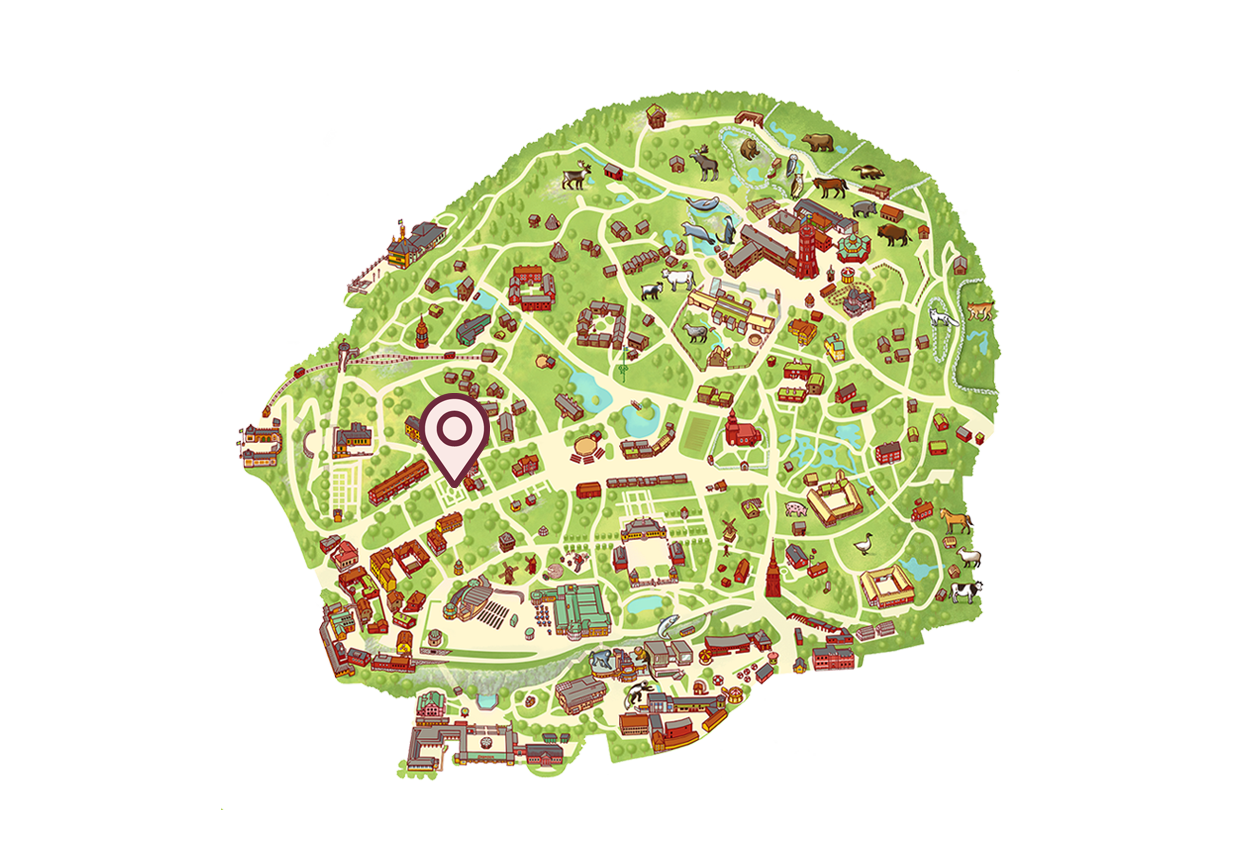The Herb Garden
Everything from medicinal plants, spices and ornamental plants to plants rich in folklore and used for dyeing textiles can be found growing in Skansen’s Herb Garden.
Find The Herb Garden

Everything from medicinal plants, spices and ornamental plants to plants rich in folklore and used for dyeing textiles can be found growing in Skansen’s Herb Garden.

| The Children´s zoo (Lill-Skansen) included in the entrance fee |
|---|
| Jan-Mar weekdays10-15 weekends 10-16, April 10-16, May 10.00–17.00, Jun-Aug 10.00-18.00, Sept 10.00-17.00, Oct-Dec weekdays 10-15, weekends 10-16 |
| Baltic Sea Science Center, included in the entrance fee |
|---|
| Jan-Mar weekdays10-15 weekends 10-16, April 10-16, May 10.00–17.00, Jun-Aug 10.00-18.00, Sept 10.00-17.00, Oct-Dec weekdays 10-15, weekends 10-16 |
| Funicular railway (Bergbanan) | |
|---|---|
| The funicular railwayruns daily during Easter, weekends in April and thereafter daily. |
| The Skansen-Aquarium |
|---|
| Opens daily 10.00 see calendar for closing hours |